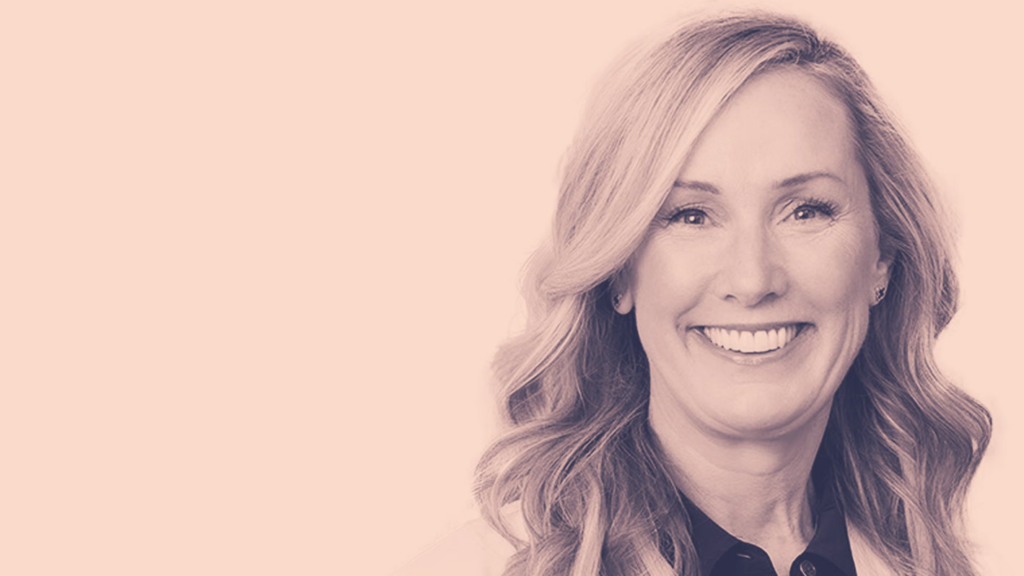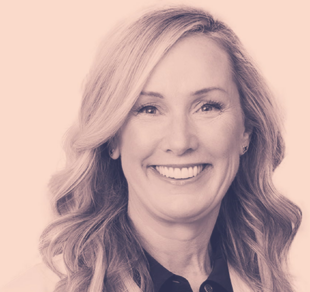When to Use MRIs in High-Risk Breast Cancer Screening
- The added awareness about the disease continues to draw more attention to high-risk breast cancer patients and the added screening these women may need, which includes enhanced mammography and genetic testing. Still, it can be difficult to pin down when something like an MRI is necessary for these women.
- “There’s been a lot of attention on the incorporation of MRI because younger women often have dense breast tissue that makes it difficult for mammogram X-rays to penetrate. And so, cancers can be obscured in very high-risk populations,” Dr. Heather McArthur, a Professor in the Department of Internal Medicine at UT Southwestern Medical Center, tells SurvivorNet Connect.
- Dr. McAruthur notes that for patients with a family history and increased risk, they should begin screening 10 years before their relative was diagnosed — and MRI is typically part of that routine.
You’re likely aware the breast cancer mortality rate has dropped significantly since 1975, and the overall 5-year survival rate has risen to 90% thanks to improved early detection screenings and treatment for patients. The added awareness about the disease continues to draw more attention to high-risk breast cancer patients and the added screening these women may need, which includes enhanced mammography and genetic testing.
Still, it can be difficult to pin down when something like an MRI is necessary for these patients.
“If we’re talking about genetic testing, germline mutations that people are born with that predispose them to develop breast or other cancers are usually informed by family history,” Dr. Heather McArthur, a Professor in the Department of Internal Medicine at UT Southwestern Medical Center, and a member of the Division of Hematology and Oncology, tells SurvivorNet Connect.
“A relative who’s diagnosed under the age of 35, male family member affected with breast cancer in the family, two or more first-degree relatives. So, based on family history, there are clear guidelines regarding who is considered high-risk and qualifies for conventional genetic testing,” Dr. McArthur adds.
The Need for More Enhanced Mammography
“There’s been a lot of attention on the incorporation of MRI because younger women often have dense breast tissue that makes it difficult for mammogram X-rays to penetrate. And so, cancers can be obscured in very high-risk populations,” Dr. McArthur explains.
3D mammograms, breast ultrasound, breast magnetic resonance imaging, and molecular breast imaging are options at your disposal to help you screen your patients with dense breasts for more precision. The Food and Drug Administration (FDA) now requires mammography reports to include a breast density assessment section, which helps make patients more aware of their breast density.
You may want to consider adding MRI imaging for your patients if:
- They are younger with dense breast tissue
- An X-ray may be less effective
- If they are at higher risk for breast cancer
Dr. McAruthur notes that for patients with a family history and increased risk, they should begin screening 10 years before their relative was diagnosed — and MRI is typically part of that routine.
“We often incorporate MRI as part of the routine screening and alternate every six months,” she explains. “So that you’re getting some form of breast imaging with more increased frequency.”
Although the latest guidance from the U.S. Preventative Services Task Force recommends women with average breast cancer risk begin screening for breast cancer once every two years at the age of 40, Dr. McArthur supports annual mammograms.
“In my mind, the growing body of evidence supports continuing with annual mammograms after that, and there’s no absolute age cutoff for discontinuing them. So, as long as there’s a life expectancy of 10 years, one should continue to get mammograms into one’s eighties if one is otherwise healthy,” Dr. McArthur adds.







